
2,000-Year-Old Tombs in Hierapolis Restored to Their Original Form
Archaeologists have completed a 100% authentic restoration in the Northern Necropolis of the ancient city of Hierapolis, revealing the grandeur of Anatolia’s most impressive “city of the dead.”
Archaeologists in Türkiye have completed the full restoration of 2,000-year-old tombs in the Northern Necropolis of Hierapolis—one of the largest and best-preserved ancient burial grounds in the Mediterranean world.
The project, directed by Prof. Dr. Celal Şimşek of Pamukkale University and carried out with the permission and support of the Turkish Ministry of Culture and Tourism, successfully restored the tombs “100% in their original form.”
In his public statement, Prof. Şimşek noted:
“With the Ministry’s support and approval, we completed the excavation and restoration of the tombs in a short time, preserving them exactly as they were originally built.”
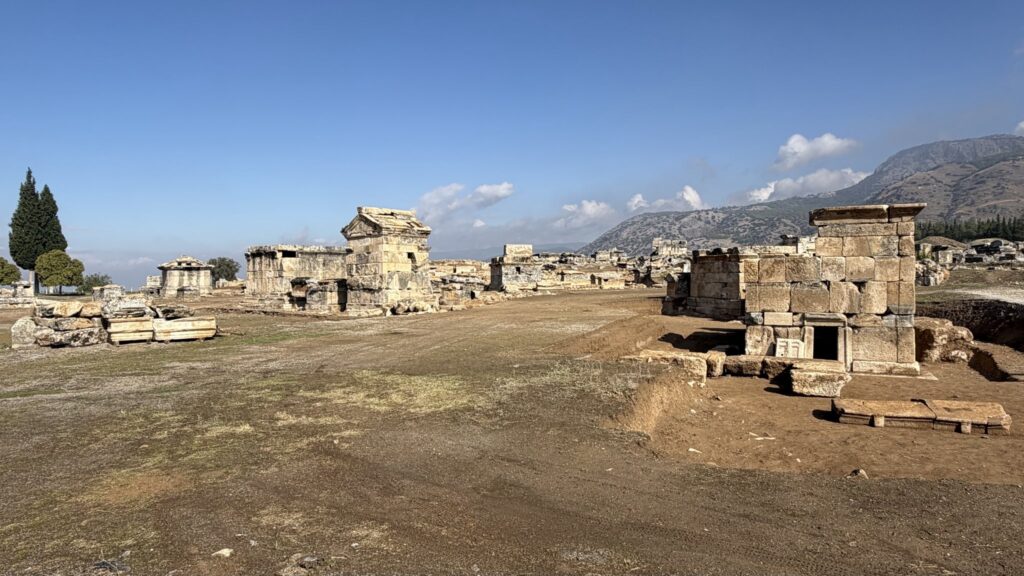
The Northern Necropolis: Hierapolis’ City of the Dead
Stretching for over 1.5 kilometers, the Northern Necropolis of Hierapolis contains more than 1,200 tombs dating from the Hellenistic, Roman, and Byzantine periods.
The site features a rich variety of tomb types—sarcophagi, house-type graves, vaulted mausoleums, and tumuli—reflecting centuries of changing beliefs about death, eternity, and social identity in ancient Anatolia.
📣 Our WhatsApp channel is now LIVE! Stay up-to-date with the latest news and updates, just click here to follow us on WhatsApp and never miss a thing!!
Hierapolis, whose name means “Sacred City,” was famous in antiquity for its healing thermal springs and religious sanctuaries, including the Temple of Apollo and the Plutonium, a sacred cave associated with the underworld god Pluto.
The vast necropolis surrounding the city symbolized its dual nature: a place devoted to both life and the afterlife.
A Restoration Rooted in Authenticity
Each stone of the restored tombs was meticulously documented, numbered, and repositioned based on its original architectural alignment.
No new materials or modern reinforcements were added—every detail reflects purely original ancient craftsmanship.
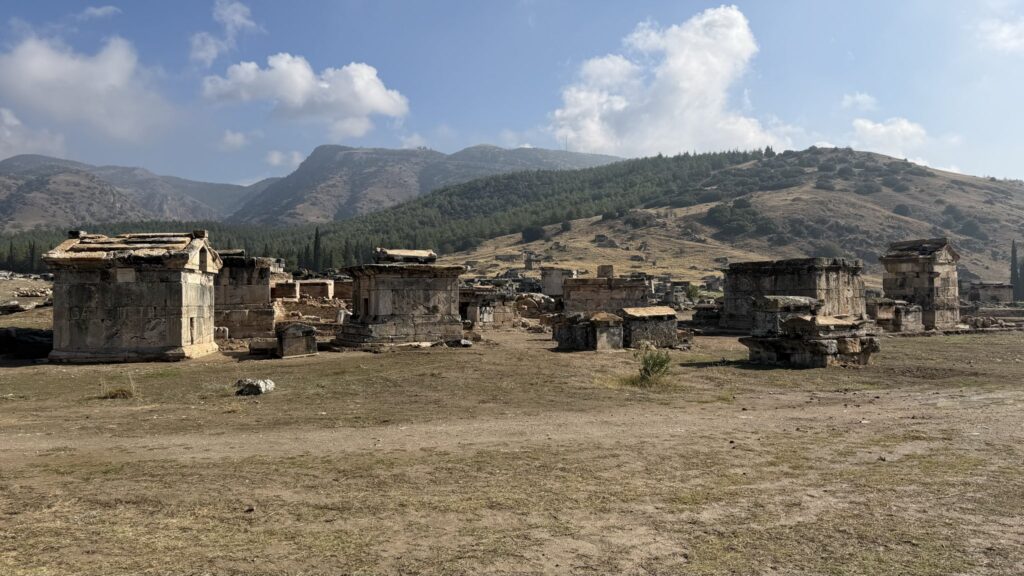
Experts describe this as a model for archaeological restoration, demonstrating how ancient structures can be preserved and revived without compromising authenticity or historical accuracy.
A UNESCO World Heritage Site
Hierapolis and the adjoining travertines of Pamukkale were jointly inscribed on the UNESCO World Heritage List in 1988, recognized as one of the world’s few sites combining outstanding natural and cultural heritage.
The ancient city, located near modern-day Denizli in southwestern Türkiye, preserves monumental remains of a Roman theater, baths, temples, streets, and churches, along with its sprawling necropolis—making it one of the most visually and spiritually compelling archaeological landscapes in Anatolia.
Bakanlığımızın destek ve izinleriyle Pamukkale-Hierapolis’te Kuzey Nekropolünde kurulca onaylanan proje kapsamında mezarların kazı ve restorasyonları az zamanda %100 orijinal şekliyle tamamladık @kvmgm @yazgi_gokhan @mehmetersoytr @birolincecikoz @pauedutr pic.twitter.com/Q3fqZdtM88
— Celal Şimşek (@celal1964) October 9, 2025
You may also like
- A 1700-year-old statue of Pan unearthed during the excavations at Polyeuktos in İstanbul
- The granary was found in the ancient city of Sebaste, founded by the first Roman emperor Augustus
- Donalar Kale Kapı Rock Tomb or Donalar Rock Tomb
- Theater emerges as works continue in ancient city of Perinthos
- Urartian King Argishti’s bronze shield revealed the name of an unknown country
- The religious center of Lycia, the ancient city of Letoon
- Who were the Luwians?
- A new study brings a fresh perspective on the Anatolian origin of the Indo-European languages
- Perhaps the oldest thermal treatment center in the world, which has been in continuous use for 2000 years -Basilica Therma Roman Bath or King’s Daughter-
- The largest synagogue of the ancient world, located in the ancient city of Sardis, is being restored

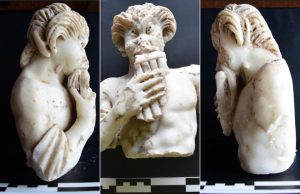
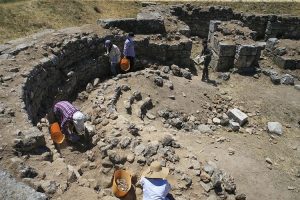
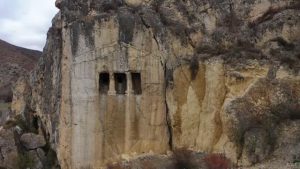
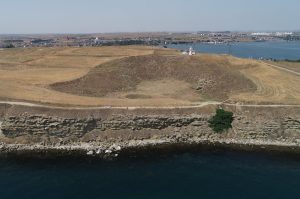
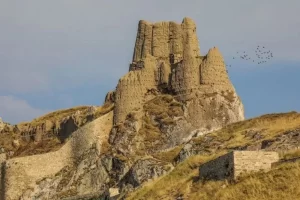
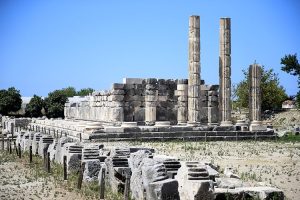


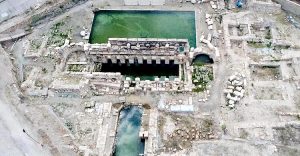
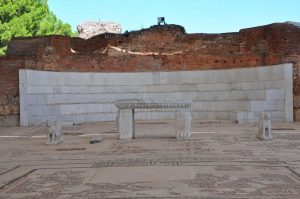
Leave a Reply